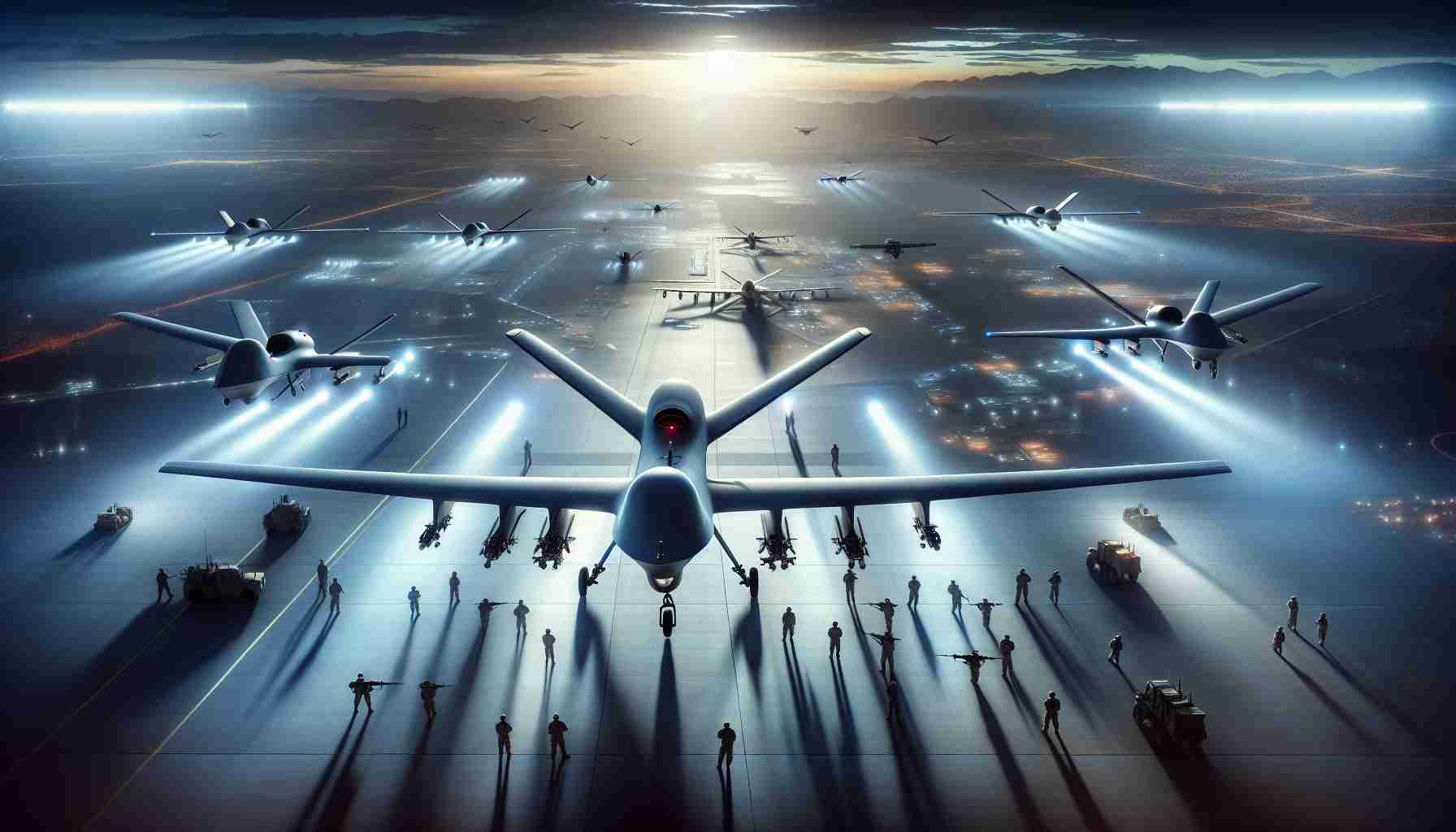The U.S. Air Force is currently undergoing a major reassessment of its Next-Generation Air Dominance (NGAD) program, aiming to redefine the future of aerial combat. This comprehensive review, expected to conclude by the end of 2024, could significantly impact how the Air Force maintains its air superiority in the face of changing technologies and mounting costs.
Initially, the NGAD was set to replace the F-22 Raptor with a state-of-the-art, manned 6th-generation fighter, designed to prevail in highly contested airspace. However, the escalating costs—potentially reaching hundreds of millions per aircraft—have necessitated a reevaluation of this strategy.
The focus of the review is to determine whether the Air Force should continue with the existing plan of developing a manned fighter or pivot to a more cost-effective, multi-platform approach. This may involve increased emphasis on autonomous systems like Collaborative Combat Aircraft (CCAs), which could either complement or replace traditional manned fighters.
Air Force Secretary Frank Kendall highlights the significance of this review, which includes integrating systems like the new B-21 Raider stealth bomber into the future air dominance strategy. The Air Force’s Chief, Gen. David Allvin, has expressed the importance of this effort, suggesting a shift from “built to last” systems to more adaptable technology in modern warfare.
The rapid advancement of autonomous technologies suggests that these unmanned systems, when combined with existing platforms such as the F-35, could offer a more versatile and economically viable path forward. The Air Force envisions deploying over 150 CCAs within the next five years, indicating a shift towards a flexible and distributed approach in achieving air superiority.
The Future of Air Dominance: A Shift Towards Automation and Flexibility
As the U.S. Air Force continues its comprehensive reassessment of the Next-Generation Air Dominance (NGAD) program, new insights are emerging that could redefine the landscape of aerial combat and significantly impact global military dynamics. This pivotal review, set to reach its conclusion by the end of 2024, presents an opportunity to explore not only the technological advancements but also the broader implications on communities worldwide.
Unveiling the World of Autonomous Warfare
While the core focus of the NGAD review involves deciding between continuing with the development of a manned 6th-generation fighter or adopting a multi-platform approach, there are several interesting facets to consider. The potential shift towards integrating autonomous systems such as Collaborative Combat Aircraft (CCAs) could transform warfare, making it less dependent on human pilots and more reliant on sophisticated software and AI. This move could lead to the rise of pilotless squadrons, operating seamlessly alongside manned aircraft like the F-35, offering more tactical versatility and reducing risks to human life.
Implications for the Military and Beyond
The push towards autonomy in military aviation could have far-reaching effects. For military personnel, this shift may mean retraining and adapting to new roles that involve managing and overseeing these autonomous systems. It could also lead to logistical changes, as bases and repair facilities would need to support both manned and unmanned aircraft.
On a larger scale, the adoption of more autonomous systems could lead to changes in defense spending, potentially redirecting funds towards research and development, IT infrastructure, and cybersecurity to support this new breed of military hardware. Moreover, countries that quickly adapt to these technologies might gain a strategic edge, influencing geopolitical balances.
The Benefits and Drawbacks of Autonomous Military Aircraft
The potential advantages of deploying autonomous systems in the military are numerous. These systems can enable a more rapid response to threats, conduct long-duration missions without pilot fatigue, and reduce the risk of human casualties in hostile environments. Furthermore, the deployment of CCAs could provide cost savings over time by reducing the need for extensive pilot training and lowering operational costs compared to traditional manned aircraft.
However, there are valid concerns and disadvantages as well. The reliance on AI-driven systems introduces risks related to software vulnerabilities, hacking, and system malfunctions. Ethical questions also arise, such as the accountability of machines in warfare and the implications of decision-making by autonomous units without human intervention.
Could Autonomous Systems Change Warfare?
The question remains: how will these developments shape the future of warfare? The integration of autonomous aircraft could revolutionize combat strategies, requiring new doctrines and operational concepts to fully exploit their potential. This technological leap might necessitate collaboration between nations to regulate the use of AI in military applications, setting global standards to avoid unintended escalations or misuse.
In conclusion, the U.S. Air Force’s NGAD program review underscores a critical juncture in the evolution of aerial combat. The shift towards autonomous systems holds the promise of efficient, flexible, and less risky military operations but also poses technological, ethical, and strategic challenges that need careful consideration. How the Air Force navigates these waters could influence not just the United States but military forces globally, affecting defense policies, international relations, and the future of combat.
For more insights on military aviation advancements, visit U.S. Air Force and DARPA.






















